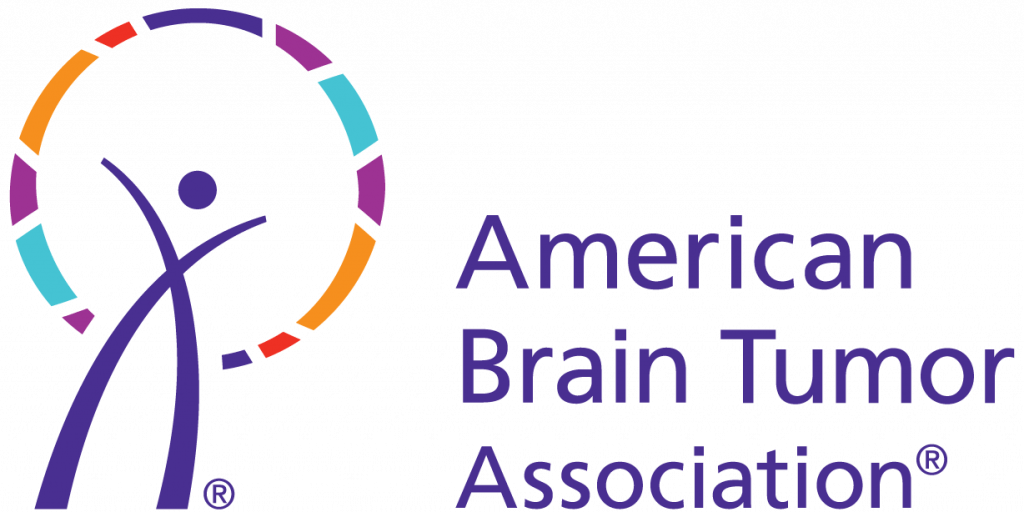Germ cells are reproductive cells in a human embryo that may travel to different parts of the body during development, such as the brain, chest, and pelvis. If these cells grow abnormally, they can become a tumor. These germ cell tumors can be either benign (non-cancerous) or malignant (cancerous).
Germ cell tumors in the brain are classified into two types:
- Germinomas
- Non-germinomatous tumors:
- Teratoma
- Embryonal carcinoma
- Yolk sac (endodermal sinus)
- Choriocarcinoma
- Mixed germ cell
Location
Germ cell tumors of the brain arise more commonly in the pineal region (pineal gland) and the suprasellar region (pituitary gland) but have been known to spread to other regions of the brain and spine through the cerebrospinal fluid.
Symptoms
Symptoms of germ cell tumors occurring in the central nervous system are mainly dependent on the location of the tumor if the age of the patient is post-infancy. Common symptoms of tumors in the pineal region include vision problems, headache, nausea, vomiting, difficulty walking (ataxia), and seizures. Symptoms in patients with tumors in the suprasellar region usually include hormonal issues and deficiencies. Blurred vision and behavioral abnormalities have also been noted.
Treatment
Because of their location, most germ cell tumors are treated with chemotherapy or a combination of radiation and chemotherapy rather than surgery. However, a biopsy to establish an exact diagnosis is not uncommon, and some very experienced surgeons have had success removing certain pineal region tumors. Surgery may be necessary to treat hydrocephalus (excess cereborspinal fluid in the brain) caused by a blockage, by the tumor, or the cerebrospinal fluid pathways.
Prognosis
Prognosis means a prediction of outcome. This information is usually based on information gathered from groups of people with the same disease. It is important to remember these statistics are not individualized.
The 5-year relative survival rates for germ cell tumors by age group are as follows:
- Children (0-14): 96.6%
- AYA (15-39): 96.8%
- Adults (40+): 91.8%
Incidence
Germ cell tumors in the brain are very rare, representing 0.4% of all primary tumors diagnosed in the US each year. Incidence rates differ depending on geographic location. The incidence rate for germ cell tumors is higher in Asian people.
Age distribution
About 90% of germ cell tumors in the brain occur in patients under 20 years of age.
Risk factors
Chromosomal abnormalities like Klinefelter syndrome and Turner syndrome, undescended testicles (cryptorchidism), and androgen insensitivity syndrome are considered to be some of the risk factors for germ cell tumors.
Molecular profile
Molecular profiling is the detection of specific genes, proteins, or other molecules in a tumor. This information helps confirm tumor diagnosis, inform treatment options, and predict prognosis.
Brain germ cell tumors express markers like MAGE-A4, ESO-NY and TSPY which are gem cell specific. Chromosomal abnormalities of various chromosomes including the sex chromosomes have been observed in the brain germ cell tumors.
Additional Resources
Content last reviewed:
Page last reviewed February 2023 by Varsha Prakash, PhD




